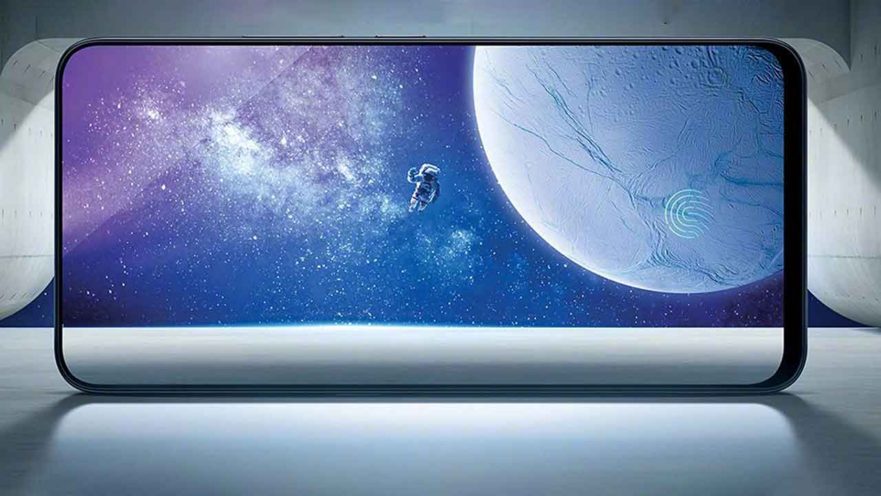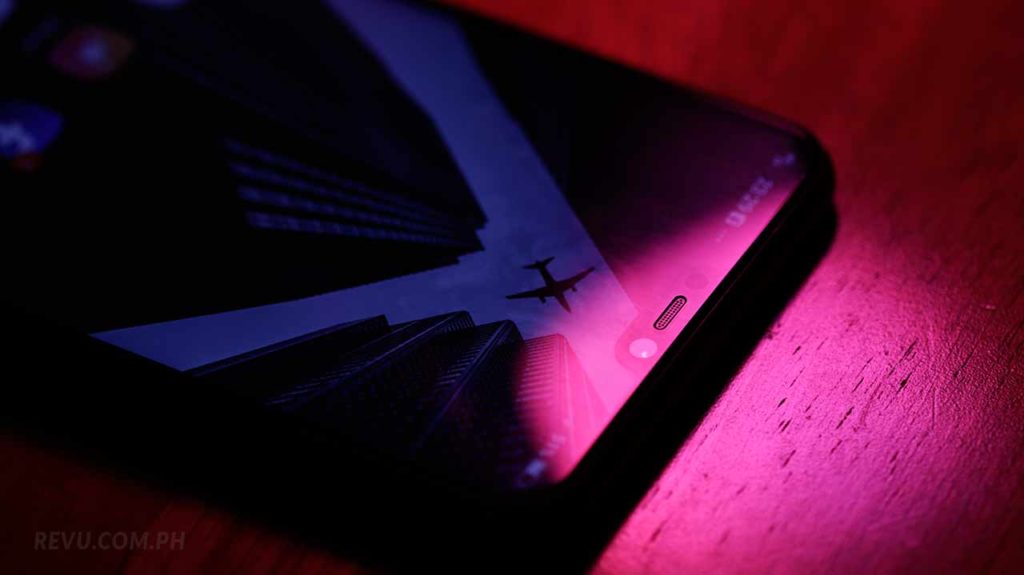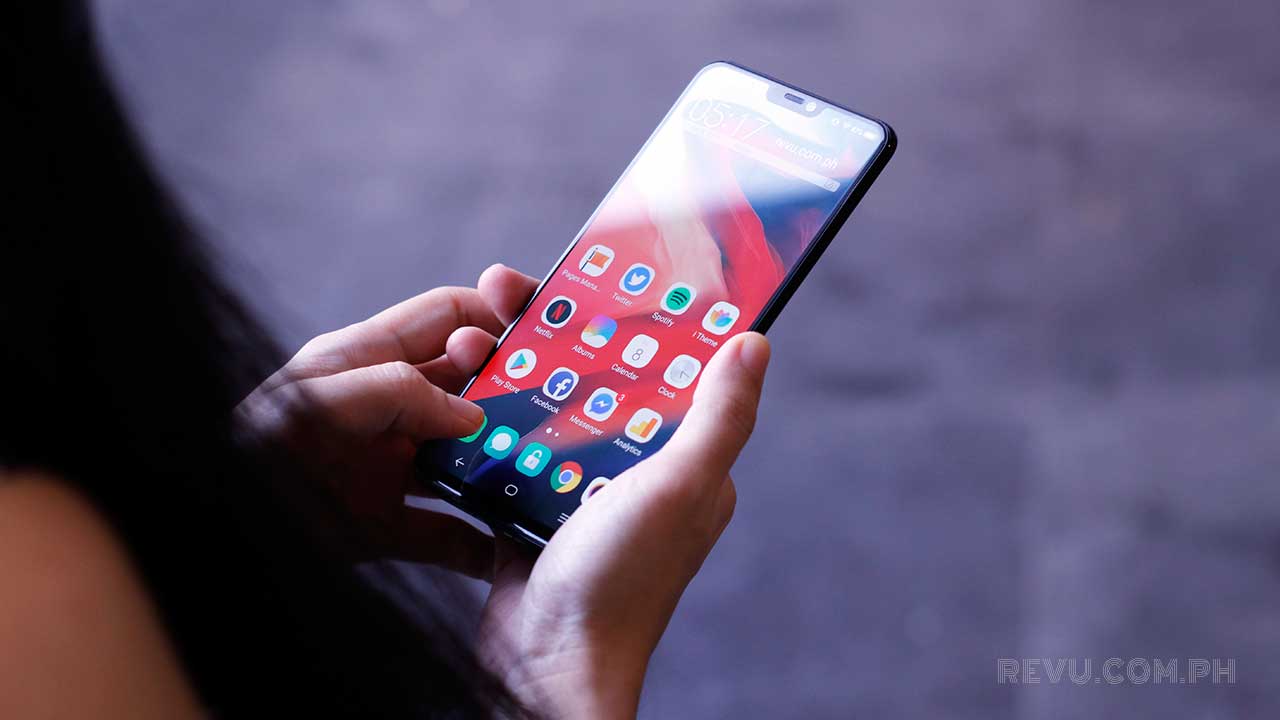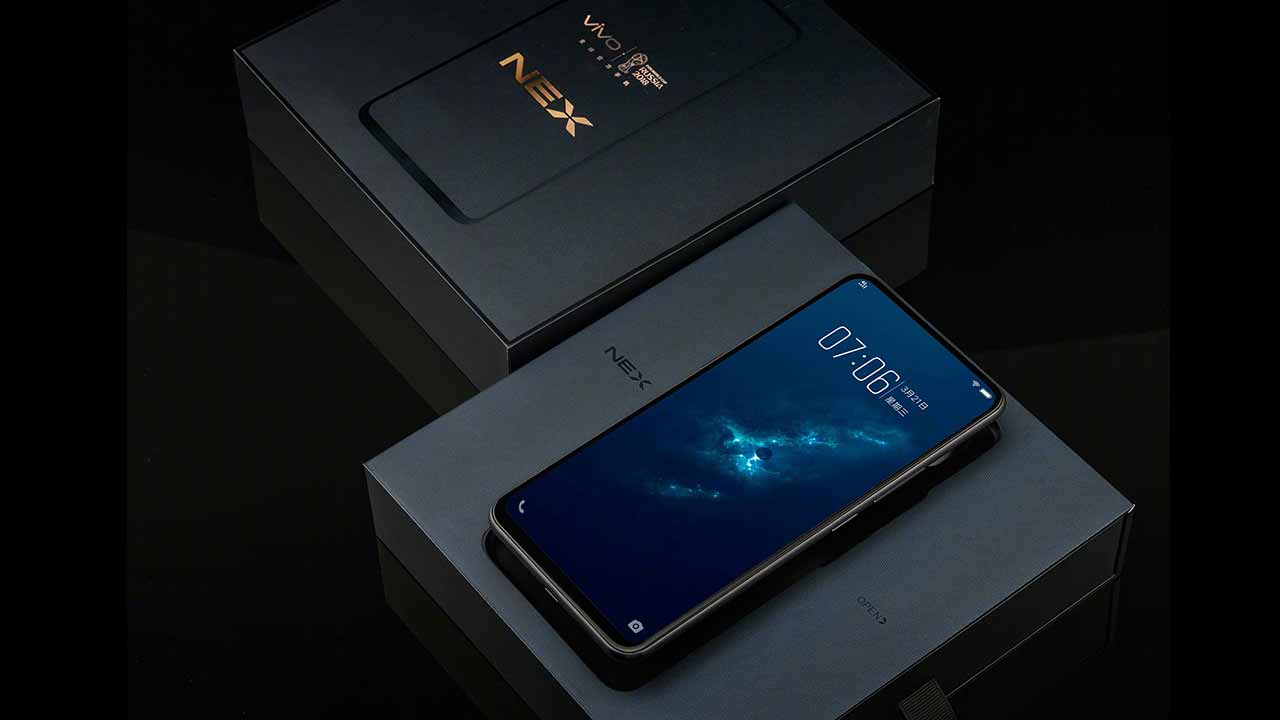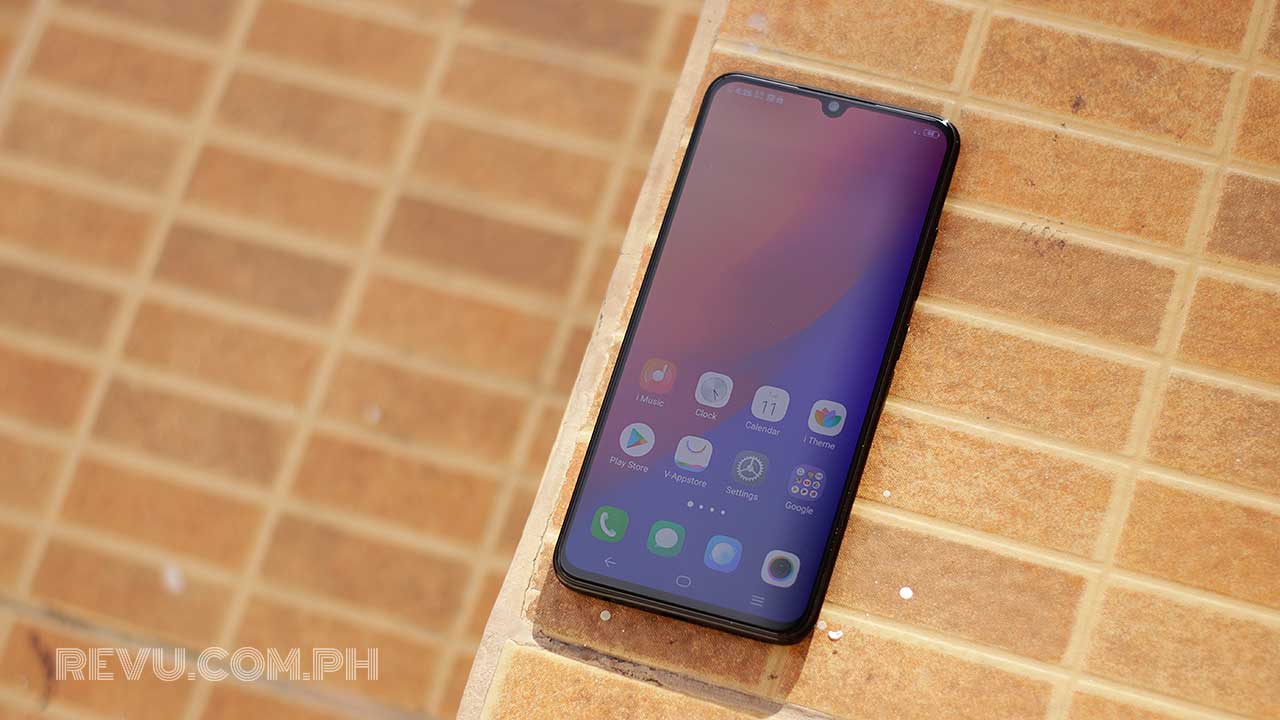We’re at a time when consumers look beyond the spec sheet. A smartphone’s design has become one vital consideration, too. Vivo knows this, that’s why it has invested in long-term research and development to create the ultimate mobile experience with forward-thinking design in mind.
READ ALSO: Vivo leads development of pre-commercial 5G smartphones
And crucial to that great experience is the display. The bigger, the better. Not necessarily the device’s size, of course, because the phone should still be easy to hold with one hand. The trick is to increase the screen real estate while still thinking of the handset’s dimensions. Vivo has mastered that trick. Here’s how its smartphones have evolved over the past months in 2018 alone.
Vivo V9 (Price: P14,999 or roughly $276)
The successor to the Vivo V7 was the first smartphone with a notched design to be formally launched in the Philippines. Unveiled on March 22, the Vivo V9 boasts a 6.3-inch, 2,280 x 1,080 FullView Display with a 19:9 aspect ratio.
SEE ALSO: Vivo V9 review: iPhone X-styled, affordably priced
The cutout at the top of the front of the smartphone houses sensors, and one of them is a 24-megapixel, wide-angle selfie camera that’s loaded with artificial intelligence- and augmented reality-features such as face unlock, gender detection, AR stickers, and face beauty.
Vivo X21 (Price: P24,999 or $461)
This is Vivo’s second device with an in-display fingerprint sensor after the Vivo X20 Plus UD, but the first one to be introduced in the Philippines.
READ ALSO: Vivo X21 review: True innovation comes at a price
The unlocking solution used here, plus the absence of physical navigation buttons at the bottom of the panel, leads to a 6.3-inch, 2,280 x 1,080 FullView Display with a high screen-to-body ratio of 90.3 percent and a tall aspect ratio of 19:9. This makes the Vivo X21 ideal for media consumption even with the presence of a notch.
Vivo NEX S
We call this “a pimped-up Vivo APEX concept phone come to life.” It’s the first commercial smartphone with a truly FullView Display — meaning there’s no notch, paving the way for an unobtrusive viewing experience.
SEE ALSO: Vivo NEX takes us a step closer to an all-screen future
The 6.59-inch Super AMOLED Ultra FullView Display boasts a 19.3:9 aspect ratio and a screen-to-body ratio of 91.24 percent, considered one of the highest in the industry. Imagine an almost-bezel-less front panel. Just wow. This has been made possible by placing the needed sensors under the display, and changing the front camera in a way that it only raises from the phone’s body once it’s needed.
Vivo V11 (Price: P19,999 or $368)
For those who prefer the traditional camera to the pop-up one, Vivo has released this new V series model. The Vivo V11 has another iteration of the cutout — the Halo Notch, as the company calls it, and one that is significantly smaller than those on most notched phones being sold today. How is that even likely? By moving the earpiece, which was previously inside the V9 and X21’s notches, to the top of the handset without creating a noticeable bezel.
READ ALSO: Vivo V11 review: Best-value Vivo phone of 2018
The 6.41-inch Super AMOLED Halo FullView Display has a 19.5:9 aspect ratio and a 91.27 percent screen-to-body ratio. What’s more, it still incorporates an in-display fingerprint scanner for identification purposes. The design is sleek, with two color variants depicting these: 1) far-flung corners of the universe from the mysterious black and striking blue of the Starry Night unit and 2) radiance of distant galaxies from the stunning blue and purple hues of the Nebula model.
Share this Post


